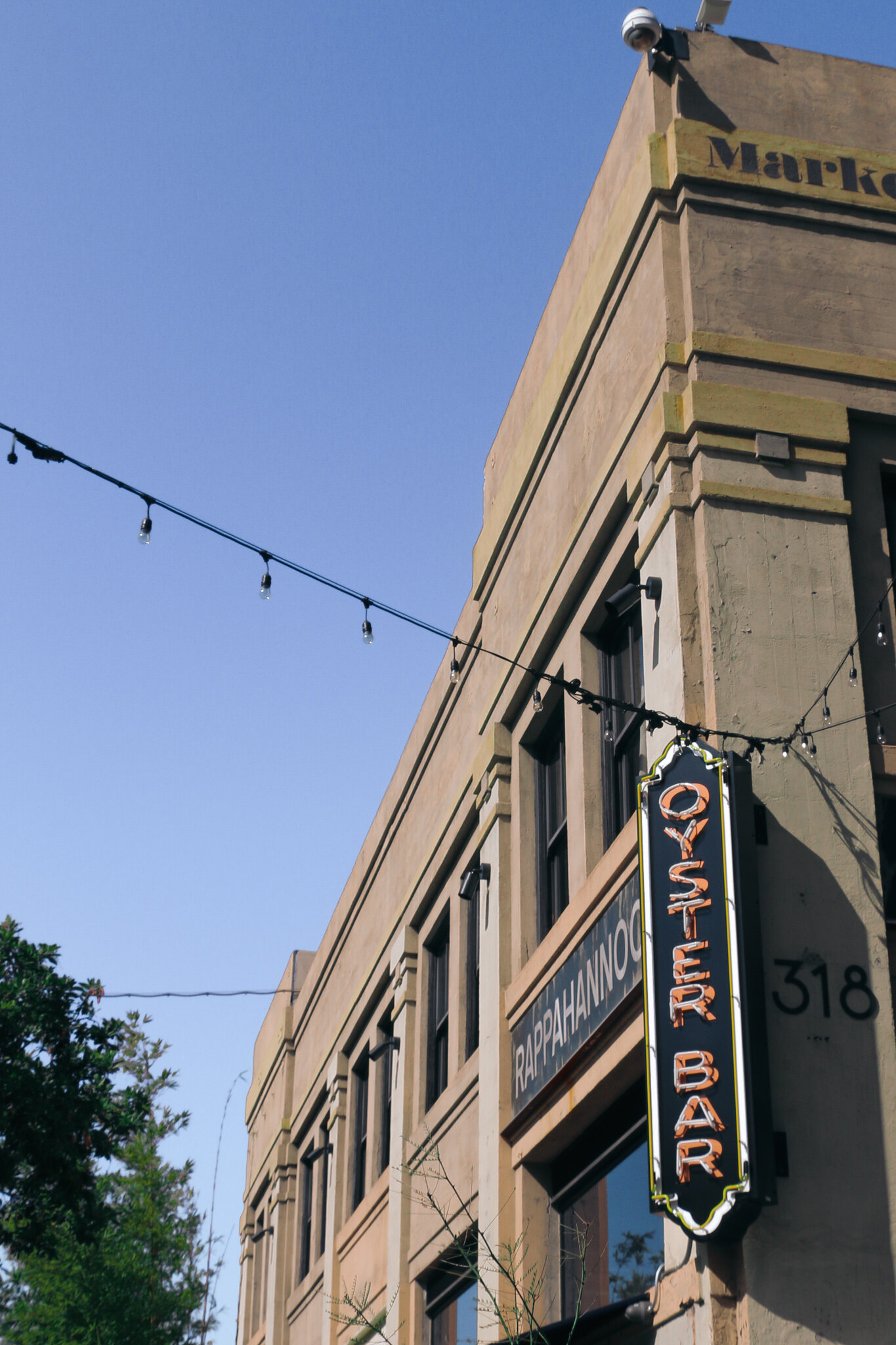Los Angeles
Hidden Treasures IN a city i don’t Call Home
A Night at the Row DTLA
The 55 to the 22 to the 5 all the way up. This is the route I have driven my entire life when going to LA. It’s nothing I’m unfamiliar with — almost second nature.
I reach my destination, unsure of the people I would see and the aura I would feel. The Row DTLA is hidden in a corner of the Arts District, living where the historic LA Terminal Market provides wholesale produce to the downtown’s inhabitants, teetering on the edge of today’s Industrial District. Because it was at a crossroads between the gritty, run-down warehouses and the picturesque, museum-ridden streets, I didn’t know what to expect, except perhaps that I would feel out of place.
Leaving the parking lot, as I look at The Row from a distance, it’s obvious that this expanse didn’t start out as a center for the retail and food industry. Green vines peek out of slight cracks on the beige walls of cement buildings, crisscrossed by wires leading nowhere. I reach the main courtyard and am welcomed into an intimate experience, a rusty chic ambience with small plants lining the perimeter. A massive tree with roots encroaching the walkway immediately catches my eye. The tree is centered as if to remind passersby that it has stood its ground long before the conception of The Row. It remains a stunning, central feature of the setting, surrounded by tables and benches for people to enjoy the tree’s shade on a warm day.
Unique clothing shops and quaint cafes litter the courtyard, radiating comfort and amiability. Wanderers stroll about at a glacial pace, appearing as if they have nowhere to be but The Row on a Saturday night. After a tiring day, city-goers sit outside of a coffee shop, contentedly drinking a cappuccino. Februaries in Los Angeles are still seventy degrees and bright, even at dusk. These are the times that I am immensely grateful for SoCal’s endless summer.
I walk past the courtyard, beyond an alleyway illuminated by string lights and uninhabited by cars, into a much more lively scene. People hop from shop to shop, enthusiastically searching for a great find. Outside various restaurants, I see people looking at menus and deciding their destination for the night. A thousand discussions, gasps, and giggles swirl in the air, and I catch bits and pieces of conversations that range greatly in content. A nearby, bustling oyster bar seats couples and friends catching up after a long week, one vivaciously telling stories while the other hungrily listens. The low lighting and the buzzing atmosphere lends to talking the night away. A wave of effervescent joy hits—I am so fond of nights when talking for two hours feels like twenty minutes.
Living in Orange County, the illustrious Los Angeles has always lived in my backyard, an avenue for exploration of the materialistic alleyways of the Santa Monica Promenade, grandiose museums that seem as numerous as the stars, and Hollywood Boulevard’s tourists that block every inch of the sidewalk, trying to catch a glimpse of El Capitan and the Chinese Theater, or Johnny Depp’s handprints etched in eternity. As for me, I crossed off those tourist destinations by the time I could walk. In twenty years, I felt as though I had seen it all. Done it all.
Los Angeles is a conglomeration of neighborhoods, each disparate pieces of a puzzle that never seem to go together. The uppity, snobbish Beverly Hills finds itself on a different planet than barren, boring Inglewood—the shopping in Rodeo Drive is fun to look at but not fun for my bank account, and the only reason why I would ever go to Inglewood is for the occasional concert at the Forum. To me, this vast city has always been severely confused on what its true identity is.
I had seen every corner of LA. But I had never found my place in Los Angeles. Santa Monica was a boujee beach town, torn between a trendy, high-end atmosphere and a relaxed space for surfers. I could almost be comfortable in West Hollywood, but I was never quite edgy enough for the bizarre stores and the eccentric outfits of its inhabitants. The Arts District was home to musicians who wouldn’t associate with Billboard Top 100, snobbish painters who wouldn’t look at you if you couldn’t paint like Picasso, and foodies who wouldn’t get near you if you drank milk or, god-forbid, ate steak. All the identities that I had come across in LA have been too extreme for someone who finds pieces of their identity everywhere.
Downtown LA proves me wrong. The Row DTLA is not over-the-top; it is simply a fusion of cafes, clothing stores, and restaurants. Each place is unique in its own right, but I am not overwhelmed by one all-consuming personality. I realize that, yes, certain areas in LA can seem boring, one-toned, or intimidating, but no one can generalize an expansive city that is home to over four million people, just like they cannot generalize the four million people themselves. Even in the most unsuspecting corner of the city, the Row offers avenues for enjoyment which match my identity, making space for me in the conglomeration of cultures of Los Angeles.
Words: Elizabeth Bennett
Photos: Niko Frost


